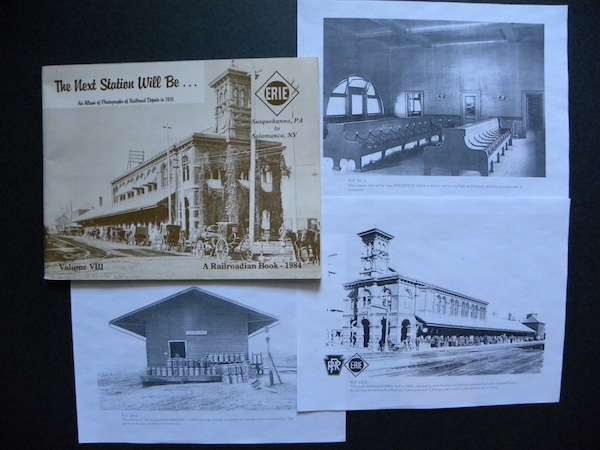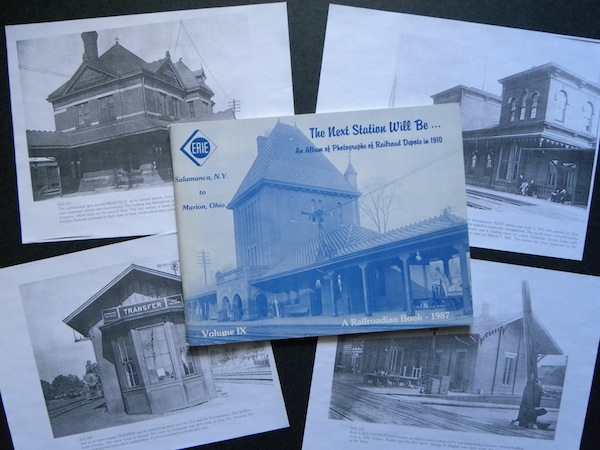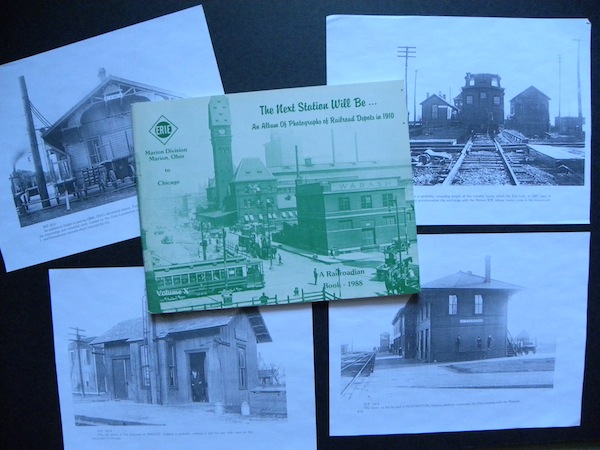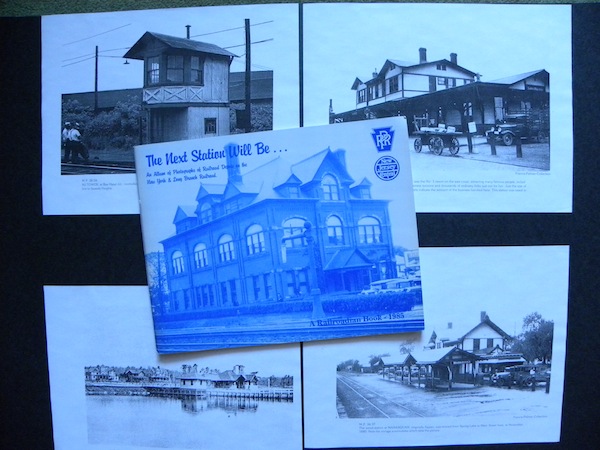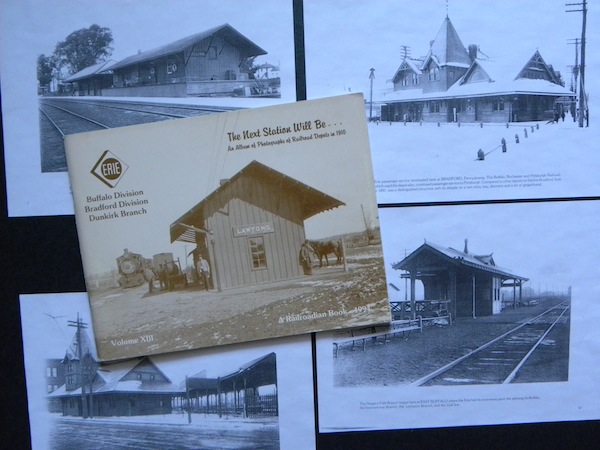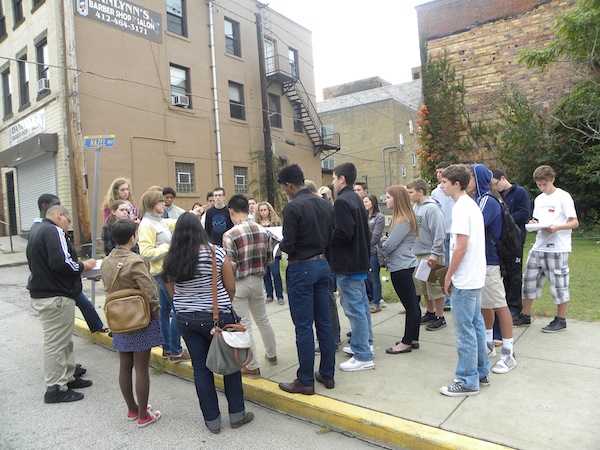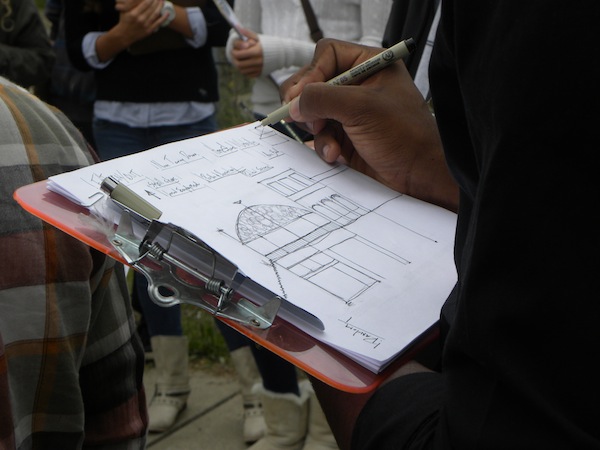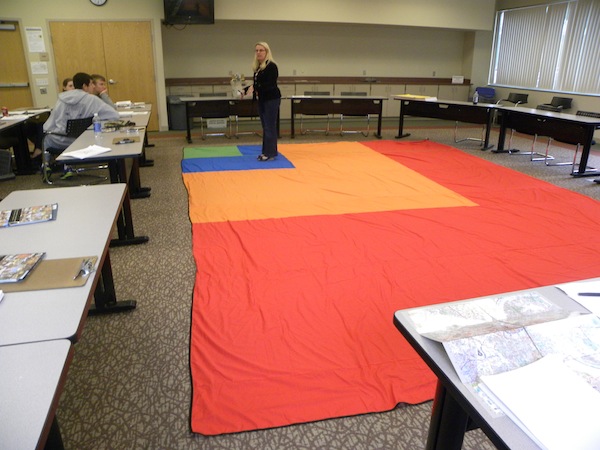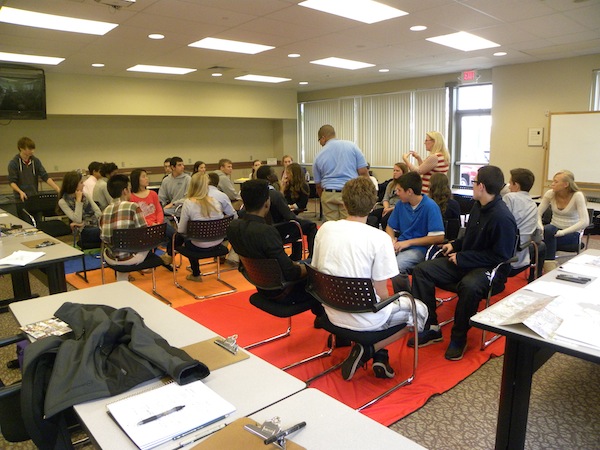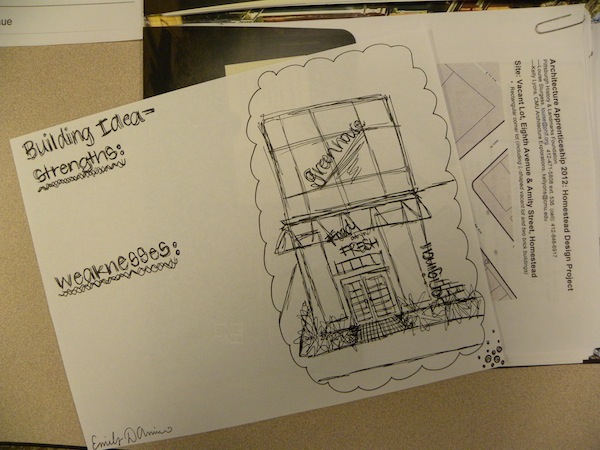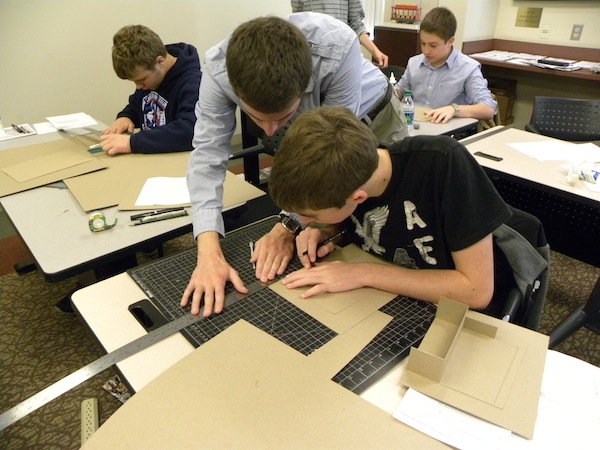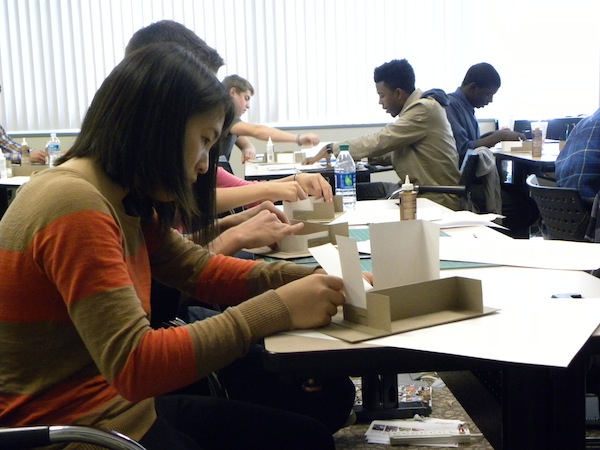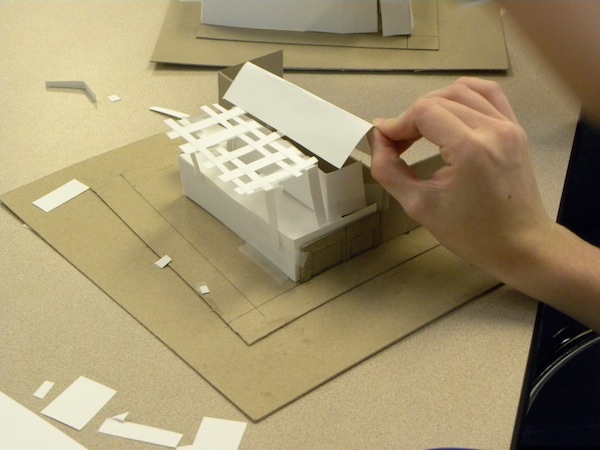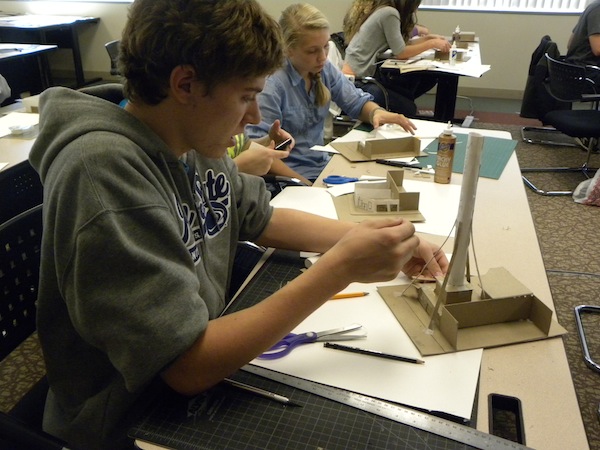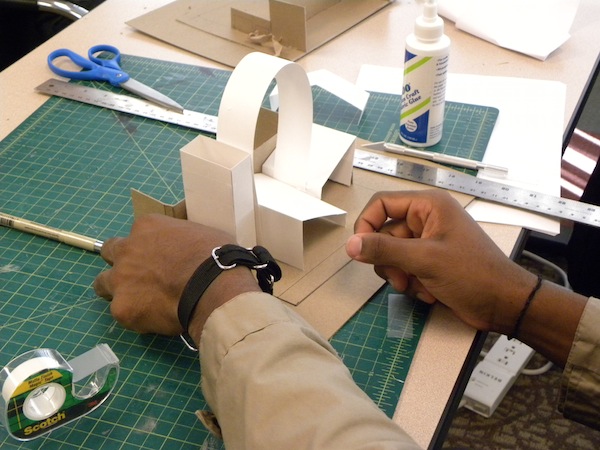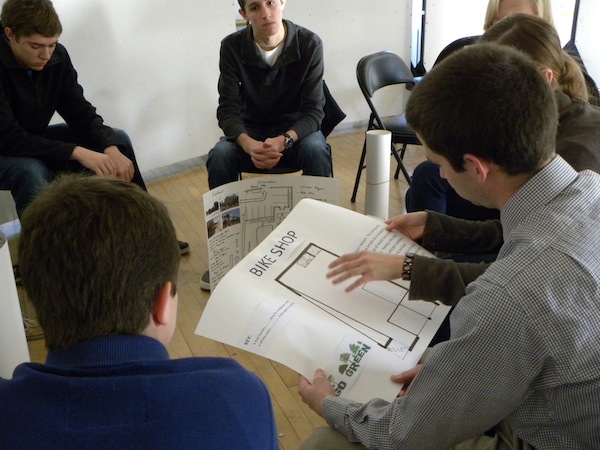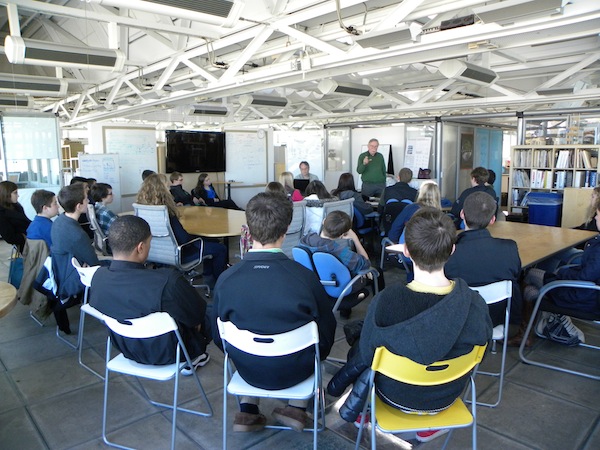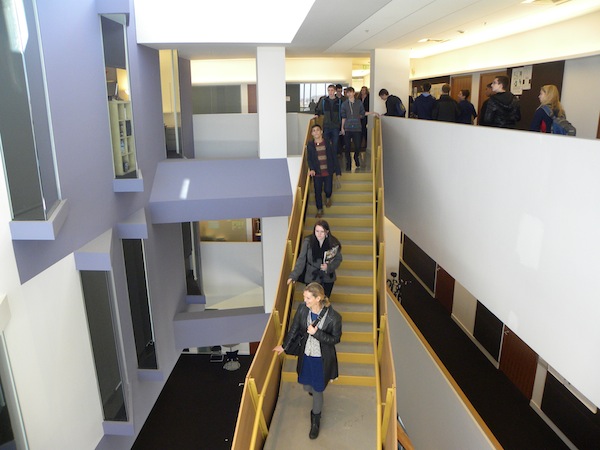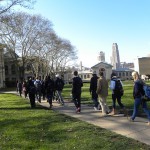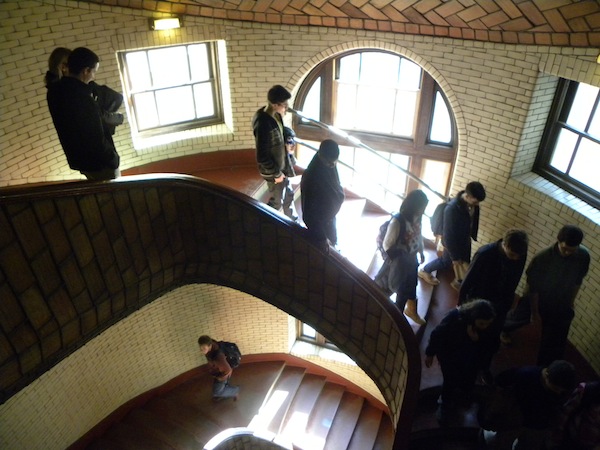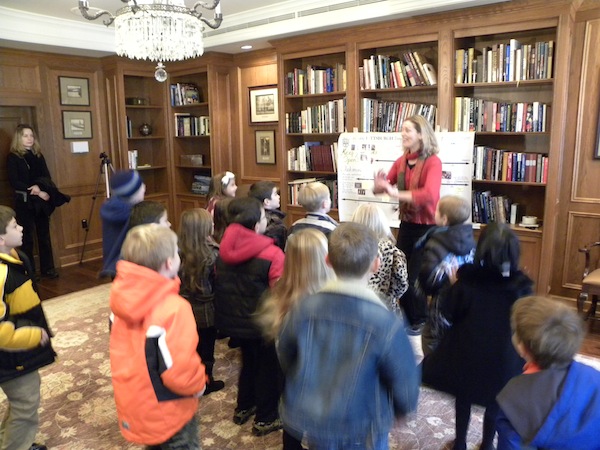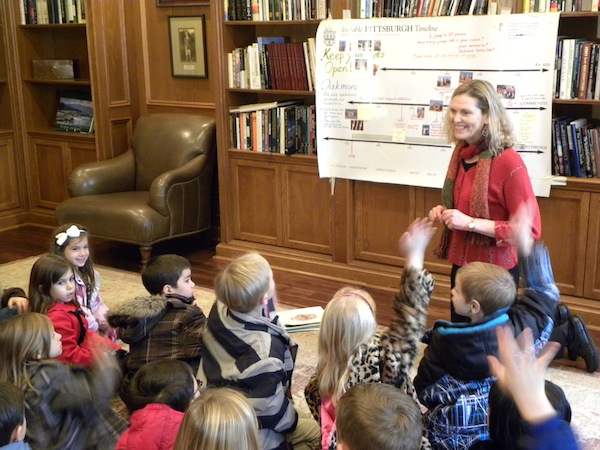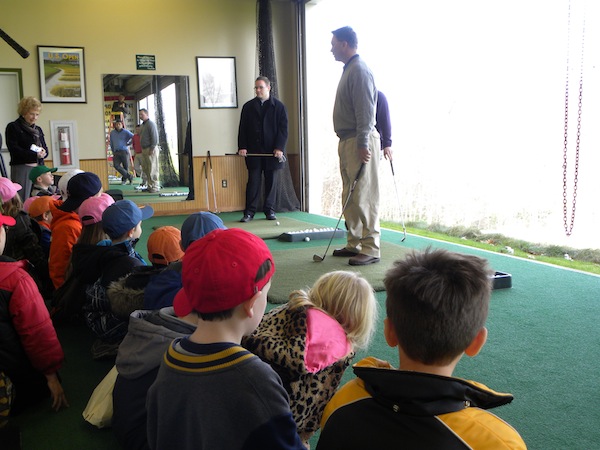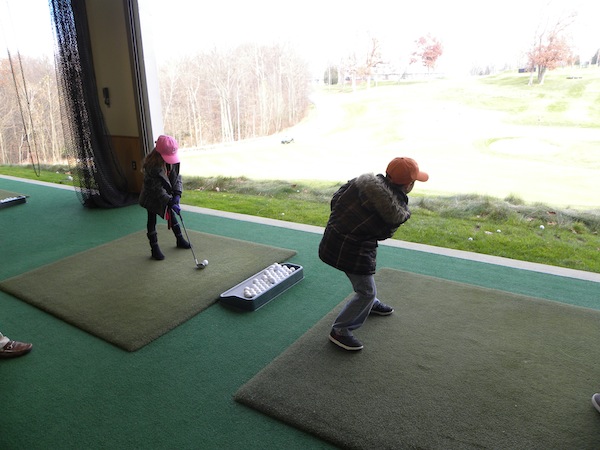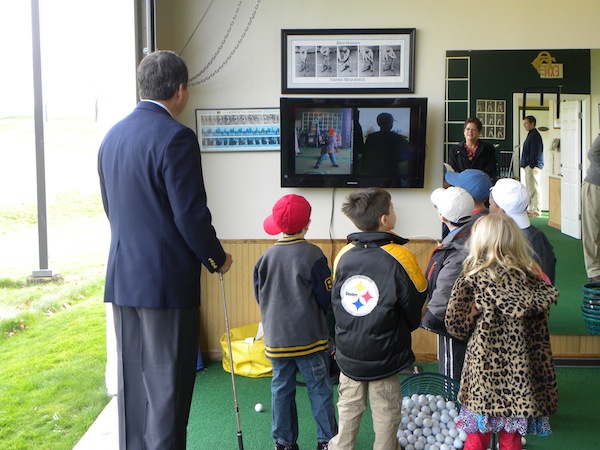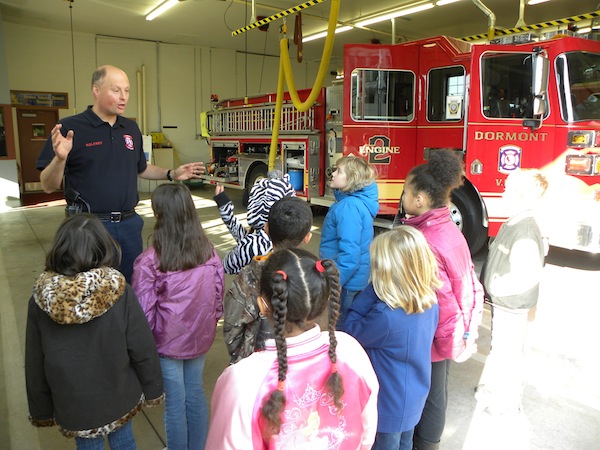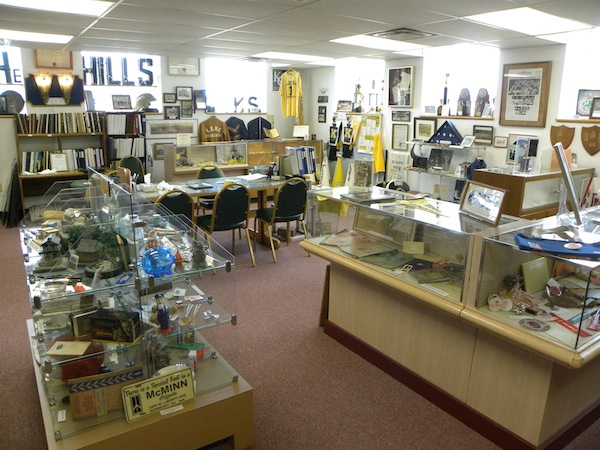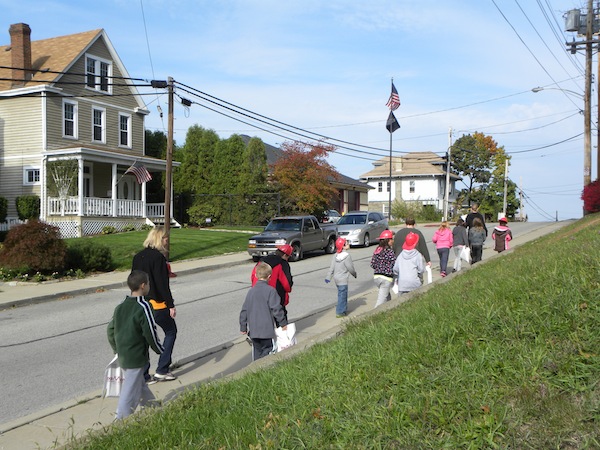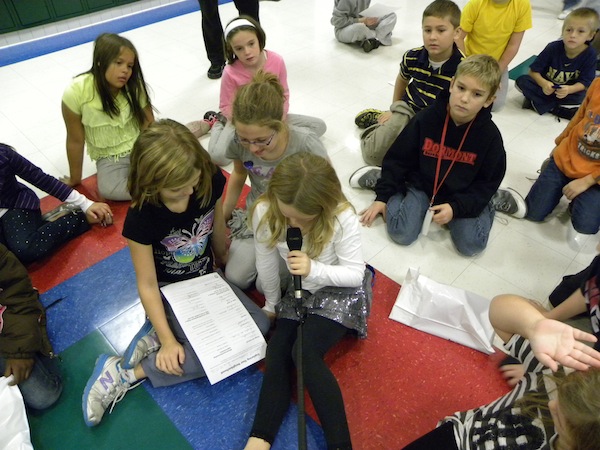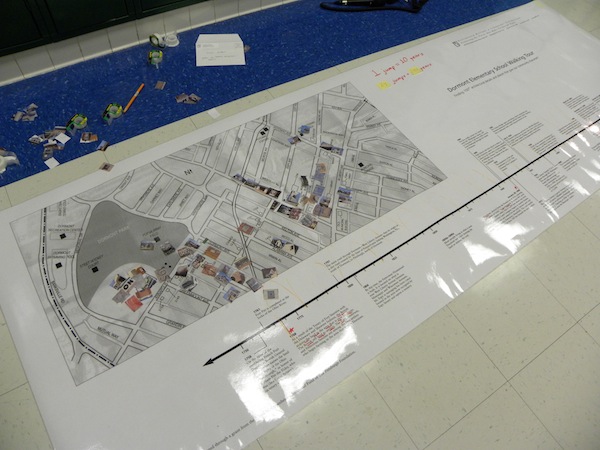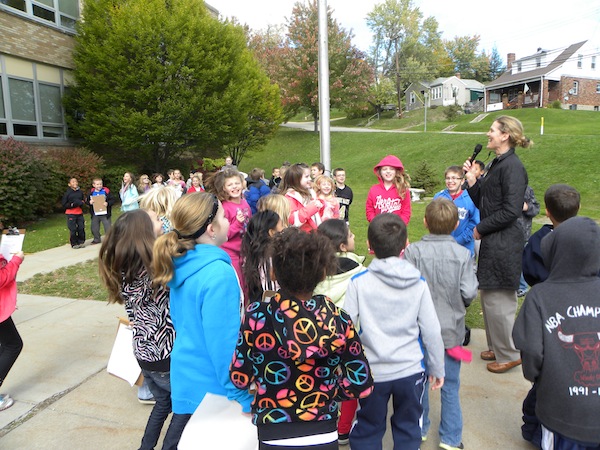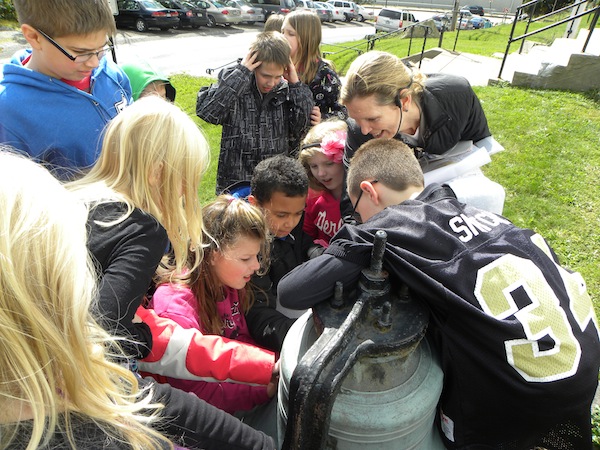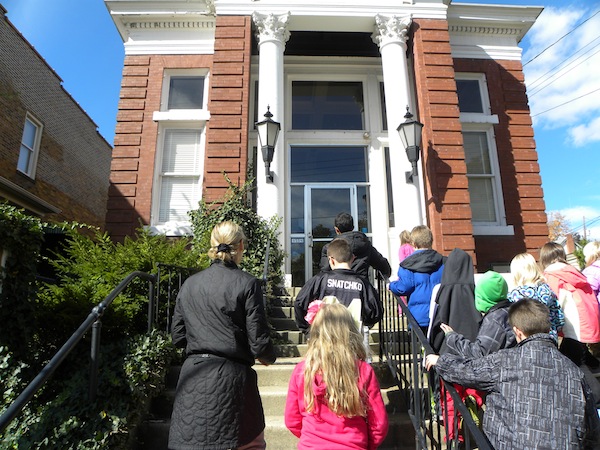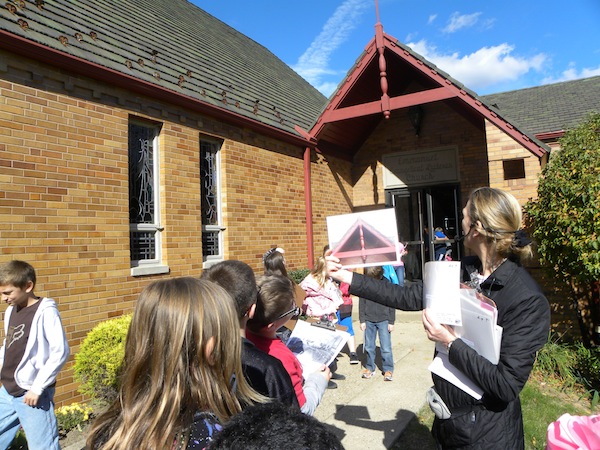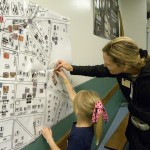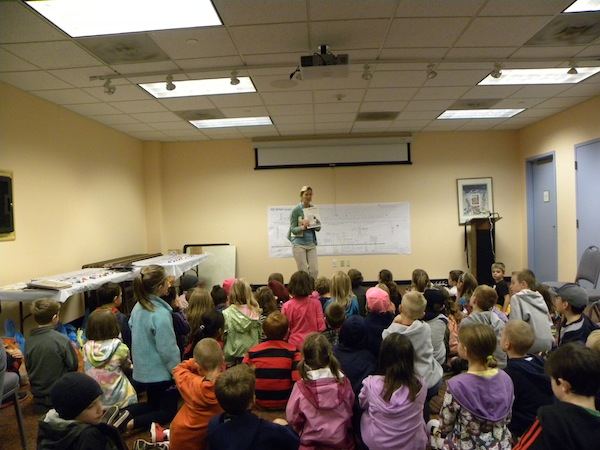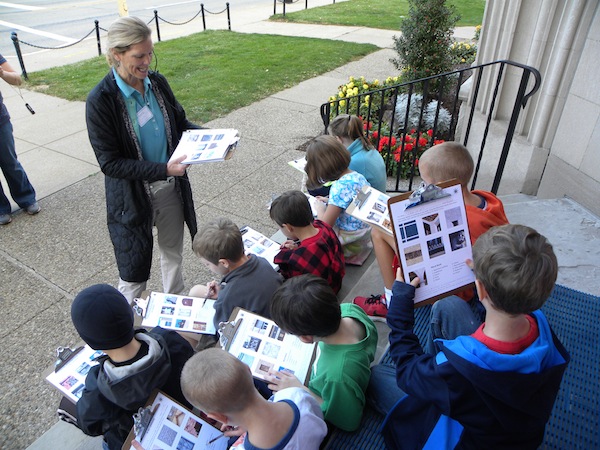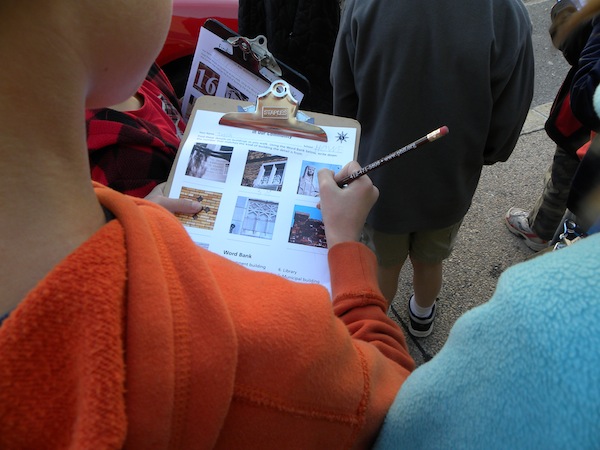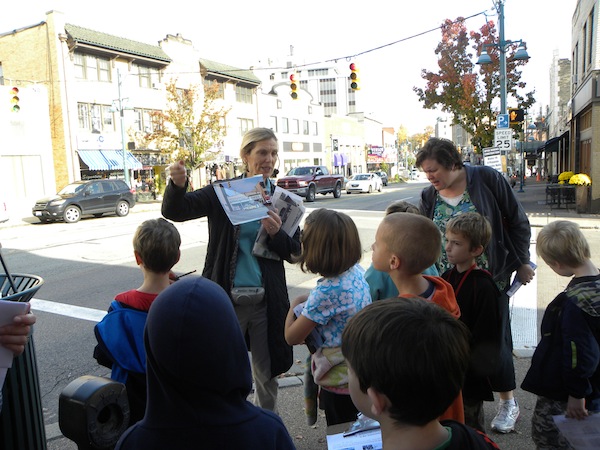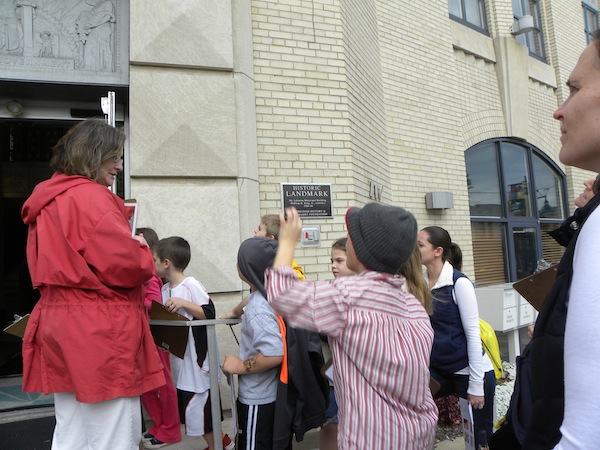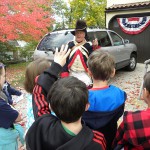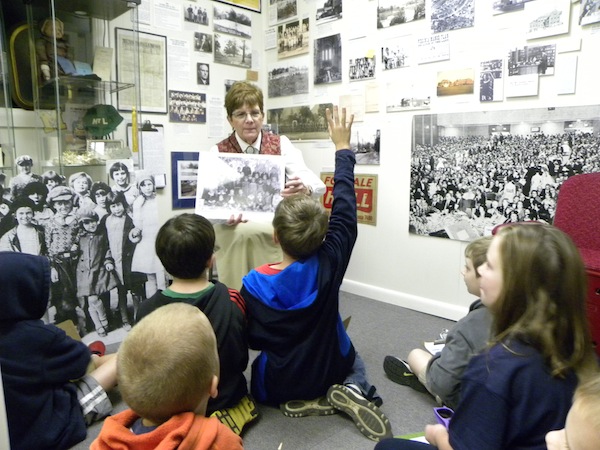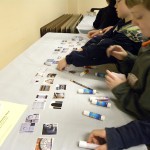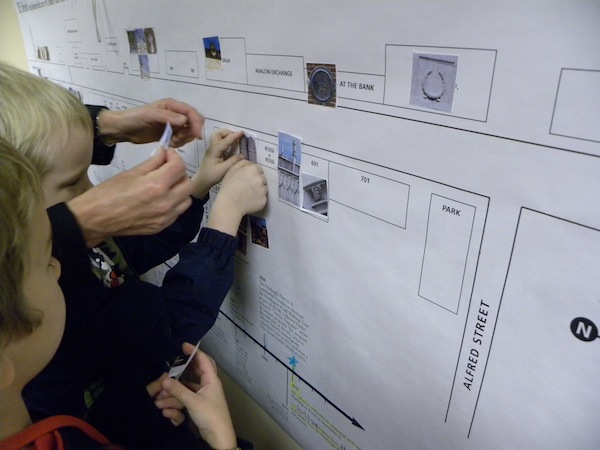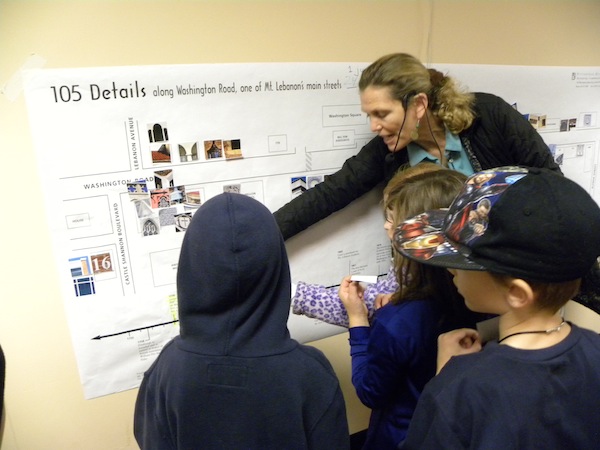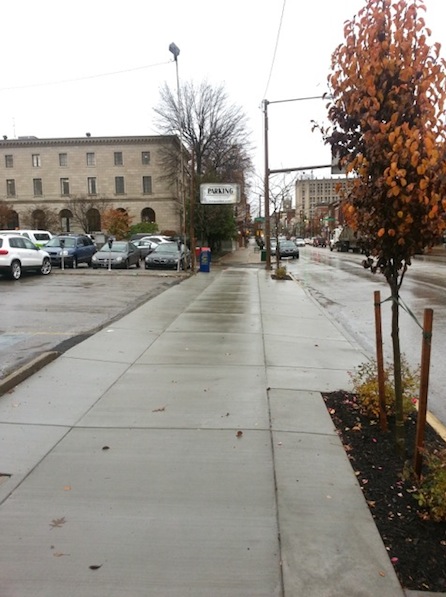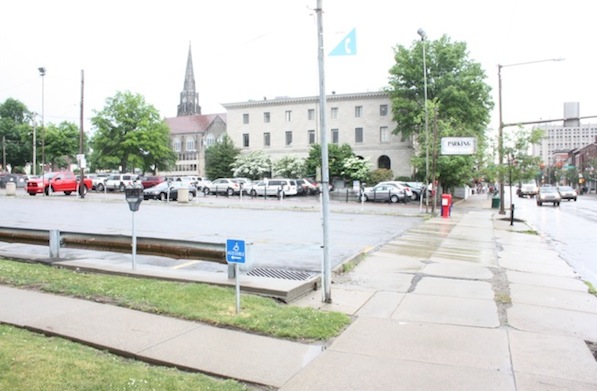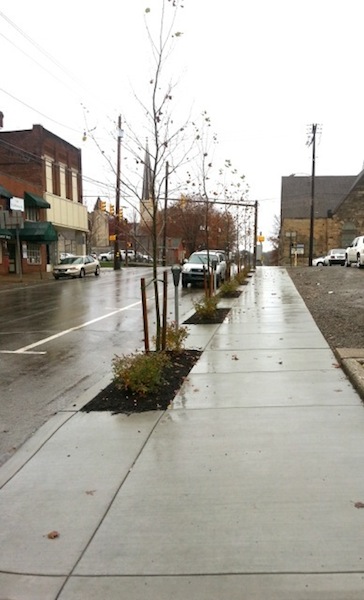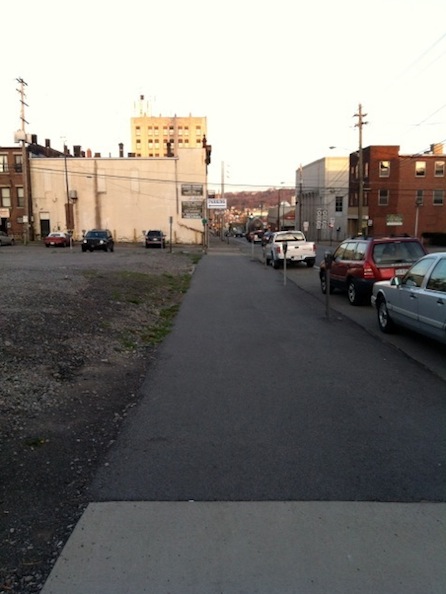
Latest News
-
Fairbanks Feature: The Next Station Will Be . . . (the second in a series of three)
James D. Van Trump Library | Frank B. Fairbanks Transportation Archive | Fairbanks Features
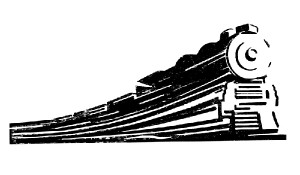 Showcasing a variety of materials located in the Frank B. Fairbanks Rail Transportation Archive
Showcasing a variety of materials located in the Frank B. Fairbanks Rail Transportation ArchiveNo. 16 Presentation
Fairbanks Feature: The Next Station Will Be . . . (the second in a series of three)
This feature in “A New Train of Thought” is the second in a three-part series highlighting the 13 soft-bound booklets of The Next Station Will Be . . . , published by The Railroadians of America, Inc. (For the first of the three articles, please read Fairbanks Feature 15.)
The glass plate negatives for these photographs were discovered in the 1960s, after having been forgotten since they were taken in the years 1909 to 1911. While many of the original 500 plates were lost, enough remain to give us this great record of rail history.
The set of 13 booklets gives rail maps of the major lines during the 1910s that used these stations. The sample pages of timetables that pertain to the stations are great finds for the early rail history researcher. Copies of the posters that were popular during these times for the rail lines seem to be modern in their presentation––and yet, the lines have been gone for 50 or more years.
Each of these booklets gives a short rail line history of the various lines that used the tracks for these stations. It is easy to get overwhelmed when reading about the buying and selling of smaller lines for the bigger lines and the constant court cases resulting between lines that wanted to prevent other lines from coming into existing areas. It’s a wonder the rail system functioned at all, given the long, ongoing court cases; the illegal deals; the lawyers who pitted themselves against each other; and the railroad robber barons who bought, sold, and merged lines with little regard for the train-riding public. Keeping a proper scorecard for the rail line name changes and mergers almost requires modern technology.
After seeing the following photographs from books 8 through 13, you’ll be encouraged to examine all the photographs in all 13 booklets. So much of the life of our nation in the early 1900s revolved around these simple railroad stations.
- Book 8––Elmira, NY; Almond, NY; Wellsville, NY
- Book 9––Meadville, PA.; Transfer, PA; Youngstown, Ohio; Kent, Ohio
- Book 10––Lima, Ohio; Magley, Indiana; Huntington, Indiana; Wilders, Indiana
- Book 11––Lambs Creek, PA; Greycourt, NY; Middletown, NY; Websters, NY; Blooming Grove, NY
- Book 12––HJ Tower at Bay Head Jct., NY; Long Branch, NY; Asbury Park-Ocean Grove, NY; Manasquan, NY
- Book 13––Bradford, PA; Niagara Falls, NY; East Buffalo, NY; Collins, NY
The Frank B. Fairbanks Rail Transportation Archive is open by appointment on Mondays, from 10:00 a.m. to 5:00 p.m. Use of the archive is free to PHLF members (one of the benefits!); non-members are assessed a $10 use fee.
The Archive is located on the fourth floor of The Landmarks Building at Station Square, in the offices of the Pittsburgh History & Landmarks Foundation.
To schedule an appointment, email the Librarian James Halttunen: James@phlf.org
-
PHLF Apprentices Propose Uses for Vacant Lot in Homestead
-
Community Tours with Elementary Schools
-
Please Give to PHLF’s HRP Program
With all of the proposed changes to the federal tax laws for 2013, don’t miss this opportunity to make your year-end gift to support PHLF’s Historic Religious Properties (HRP) Program before January1 to assure the maximum tax advantage of that gift. The need is great and the timing couldn’t be better.
Please remember that if you are making a gift of appreciated securities, the date of your gift from a tax deduction standpoint is when it is received in PHLF’s account––not when you instruct your broker to make the transfer. More information on charitable giving, including gifts that can provide income for you and support the HRP Program, can be found at :http://plannedgifts.phlf.org/wisely.php or contact our planned giving office at plannedgiving@phlf.org or 412-471-5808, ext. 538. Other creative giving ideas can also be found at plannedgifts@phlf.org.
Your gift will help us reach our fund-raising goal––and will enable us to continue our program of grants and technical assistance to historic religious properties in Allegheny County. PHLF’s matching grant program is the only place most historic religious properties can turn to for help in making critical exterior repairs to their buildings. By encouraging careful, informed, and economical stewardship, PHLF helps ensure that these architecturally significant places of worship will be taken care of for future generations.
Whichever way you choose to support the HRP program, please remember that your gift is leveraged. “Each grant from PHLF is matched by the congregation, making donations from our members and friends even more valuable,” said George Dorman, chair of PHLF’s HRP Committee.
Whether you choose to support the HRP program or another important PHLF project or program, thank you for helping to make possible our many preservation successes.
-
Downtown Retail in Historic Buildings Loan Program
Dear friends,
On October 11, we were delighted to join Pittsburgh Mayor Luke Ravenstahl at a press conference where he announced a $500,000 grant from the Colcom Foundation to Landmarks Community Capital Corporation, the non-profit lending subsidiary of PHLF, to assist in our Downtown restoration work.
In announcing the grant, John Rohe, vice president of Colcom, gave a thoughtful talk on how we anchor ourselves to our historic architectural fabric. He also discussed the importance of historic buildings in creating environments that are attractive to people.
With this grant, LCC President Michael Sriprasert announced the creation of the Downtown Retail in Historic Buildings Loan program.
As Michael noted, the Colcom grant fills a financing gap in the downtown restoration and retail development activity. Further, this funding can be utilized with other programs like the Paris to Pittsburgh program and the City’s Urban Redevelopment Authority’s Façade Restoration Loan program. Fund borrowers could be retailers or building owners. In addition, if borrowers agree to protect their storefronts and façades for a period of years, they can obtain loans at a reduced rate when they are not otherwise bank financeable.
Work associated with our ongoing partnership with the Mayor’s office and URA continues in Downtown Pittsburgh. Scaffolding is up on one building at the corner of Wood Street and Forbes Avenue (the ISDA Building), where our contractor has been plugging some 300 holes that were used for the bolts that anchored the yellow metal paneling into the original stone for the past quarter century.
In addition, there are three cast-iron-front buildings that we will fully restore on Wood Street across from the ISDA and Weldins buildings. We have already installed a new elevator shaft at the Thompson Building in Market Square as part of the ongoing restoration supported by an Allegheny County Community Infrastructure and Tourism Fund grant.
John Valentine, executive director of the Downtown CDC, is leading the effort to identify potential women’s retailers to participate in the plan we have developed with Mayor Ravenstahl for the historic blocks of Wood Street between Fifth and Fourth Avenues. We have already identified over 24 excellent candidates from far and wide.
If you find yourself Downtown, take a walk on Wood Street, down Forbes to Market Square, along Market Street to Fifth and up Fifth to Wood, and you will see an enormous amount of restoration work. They are examples of the very best our organization brings to our community and include the preservation of our historic buildings and the harmonious planning of major new construction, like the PNC tower and the Piatt family’s Gardens at Market Square.
As you can see, the Colcom grant is a huge boost for our efforts and we are grateful to all of the Foundation’s trustees who are doing so much to re-energize our downtown through historic preservation.
For ongoing updates about this and other projects, I invite you to continue following our work at www.phlf.org, on Twitter, YouTube, and Facebook.
Arthur Ziegler
President
Pittsburgh History & Landmarks Foundation -
RSVP for Downtown Districts Public Meeting
Join PHLF for a public meeting on the 2012 Downtown Districts Project on Wednesday, December 5, 2012 from 8:30 to 9:30 a.m. The invitation is available here. RSVP now by clicking here.
-
Now Accepting HRP Grant Applications
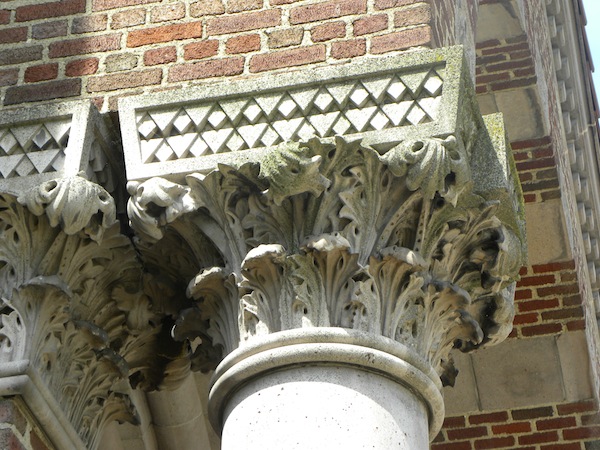 Deadline for the 2013 Cycle is Friday, November 30
Deadline for the 2013 Cycle is Friday, November 30 Since 1997, the Historic Religious Properties Program has awarded 235 matching grants, totaling over $860,000, and 54 Technical Assistance Awards to religious congregations throughout Allegheny County. These grants have leveraged over $2.7 million in preservation and maintenance projects for historic religious structures.
Your congregation can apply if your religious property is 50 years old or more, located in Allegheny County, and in need of technical assistance or undertaking critical exterior repairs.
Grant applications are now being accepted for the 2013 grant cycle. These matching grants of up to $10,000 can be used to maintain and preserve your historic religious structure. Grant funds must be used for exterior work: roofing, gutter work, stained glass window restoration, masonry work, exterior painting, and wood restoration. If PHLF awards a grant, the congregation must have or be able to raise the matching funds.
Click here for an application form and further details.
The deadline for the 2013 grant cycle is Friday, November 30, 2012.
If you have questions about eligibility, projects that qualify for a grant, or completing the application, please contact: Carole Malakoff, hrp@phlf.org, or 412-321-3612. Thank you. Contributions from PHLF members and friends make this program possible.
-
Work in Butler: Neigborhood Partnership Program
PHLF’s work in Butler, PA is entering its second year after a busy first year that saw a number of physical improvements and important planning work completed. Sidewalks have been replaced and trees planted along Main Street and Jefferson Street, increasing safety and encouraging pedestrian traffic between the residential and commercial areas.
A study was completed to determine ways to better connect the Butler-Freeport Trail with the central business district. The result of community input, the recommendations are being put into action, including increasing signage in and around the central business district, a new Butler trail head, and identifying and marking a safe route from the trail head to the central business district. For more information about the trail, click here.
PHLF’s work in Butler is made possible through the Neighborhood Partnership Program, an initiative of the PA Department of Community and Economic Development, and funded through the generosity of Armstrong and Huntington Bank.

